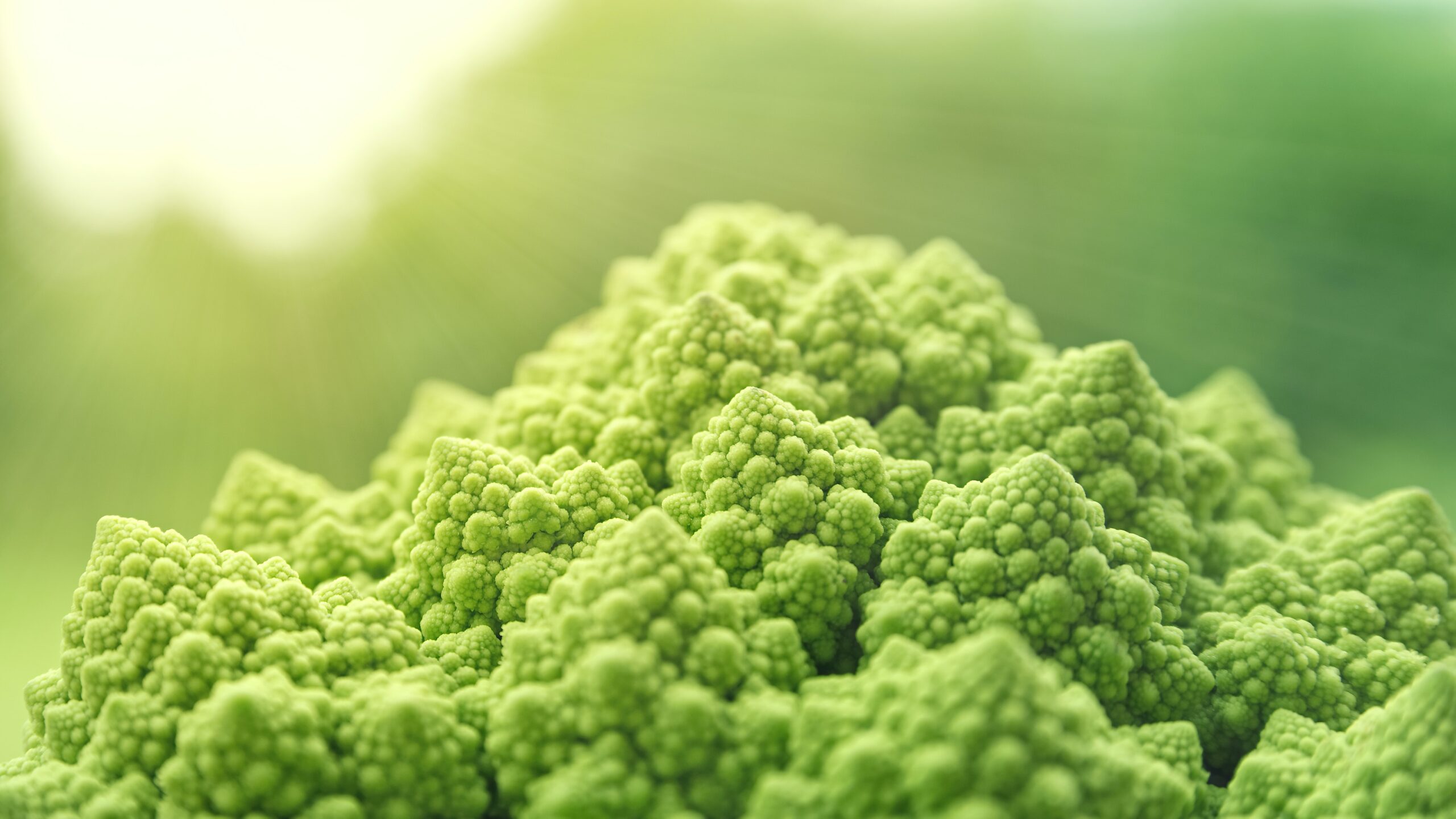Will cauliflower regrow after harvest? No, cauliflower plants do not regrow after harvesting the head or curd. After harvesting the cauliflower head, the plant does not produce a second curd, which means you won’t get a continuous yield.
Cauliflower (Brassica oleracea var. botrytis) is a beloved vegetable, known for its creamy, tender texture and incredible flavor. It’s a versatile ingredient, making itself at home in everything from rich, comforting gratins to spicy, fragrant Indian curries. As a gardener, it becomes essential to understand how to grow this fantastic vegetable for you and your family to enjoy. One frequently asked question about growing cauliflower is whether the plant will regrow after harvesting. In this comprehensive guide, we will explore the process, clarify misconceptions, and present practical alternatives on how to utilize your cauliflower plant after harvesting.
Regrowth Characteristics of Cauliflower
Cauliflower is a cool-season crop, typically grown for its dense, creamy-white head or curd. It can be a challenging vegetable to cultivate due to its precise growing requirements. While some vegetables, such as lettuce or beets, have a continuous yield throughout their growing season, cauliflower is not one of them.
After harvesting the cauliflower head, the plant does not produce a second curd. The central stem and leaves remain, but there is little point in leaving the plant in the ground, as it will not grow more edible parts. Unlike crops such as kale or spinach, cauliflowers do not regrow after harvest. Thus, it is vital to manage your expectations. As delightful as it would be to have a continuous harvest of cauliflower, nature has other plans.
Making the Most of Your Cauliflower Harvest

While cauliflower does not regrow, that doesn’t mean there aren’t ways to maximize your harvest. By employing the following measures, you can get the most out of your cauliflower plants and enjoy an abundant yield.
1. Succession Planting
The practice of succession planting is crucial in ensuring a continuous harvest of cauliflower throughout the growing season. By staggering your seeding or planting, you can maintain a healthy supply of cauliflower heads without overwhelming your garden. Space out the planting dates for multiple cauliflower plants, ensuring that you have continuous harvesting windows. This method helps fill the gap left by cauliflower’s inability to regrow after harvesting.
2. Proper Harvesting Techniques
Knowing when and how to harvest cauliflower plays a significant role in obtaining optimal yield and quality. Harvest the cauliflower head when it is firm, and compact, and its size ranges from 6 to 12 inches in diameter. Use a sharp knife to cut the main stem 1 to 2 inches below the curd. Take care not to damage any remaining leaves, as this may encourage decay.
3. Planting Companion Crops
To make the most of your garden space and improve the overall health of your cauliflower plants, consider planting companion crops. Some examples of companion plants for cauliflower include beans, celery, cucumber, lettuce, onions, and tomatoes. These companion plants can help deter pests, enhance the soil, or strengthen other plants’ growth. By doing so, you create a more productive and resilient garden.
Creative and Sustainable Use of Cauliflower Leaves and Stems
Though cauliflower heads may not regrow, you can still use the remaining leaves and stems creatively and sustainably. Instead of discarding these parts, consider turning them into delicious and nutritious meals.
1. Cauliflower Leaves
Cauliflower leaves are often overlooked, but they are entirely edible and nutritious. These leaves are high in Vitamin A, Vitamin C, and fiber. Here are some scrumptious ways to use cauliflower leaves:
- Sauté the leaves with garlic and olive oil as a simple, flavorful side dish
- Add them to your favorite stir-fry, soup, or stew
- Blanch and use them in a tasty salad or wrap
2. Cauliflower Stems
Cauliflower stems may be a bit tougher than the curd, but they are still edible and offer a satisfying crunch. To use the cauliflower stem for cooking, simply trim away any remaining leaves and excess stems. Some ways you can incorporate cauliflower stems into your meals are:
- Slice them thinly and add them to a crunchy slaw or salad, or use them as a topping for tacos
- Dice and stir-fry them with other vegetables for a quick, healthy meal
- Boil and blend the stems along with leftover cauliflower pieces to make a creamy soup
Conclusion
Cauliflower is an extraordinary vegetable that can be an excellent addition to any garden. Though cauliflower does not regrow after harvest, proper planning, companion planting, and creative use of its leaves and stems can still provide a wealth of enjoyment. By understanding cauliflower’s lifecycle and finding ways to maximize the plant’s use, a gardener can harmonize with nature’s rhythms and relish the incredible bounties that come with it.
Happy gardening!

